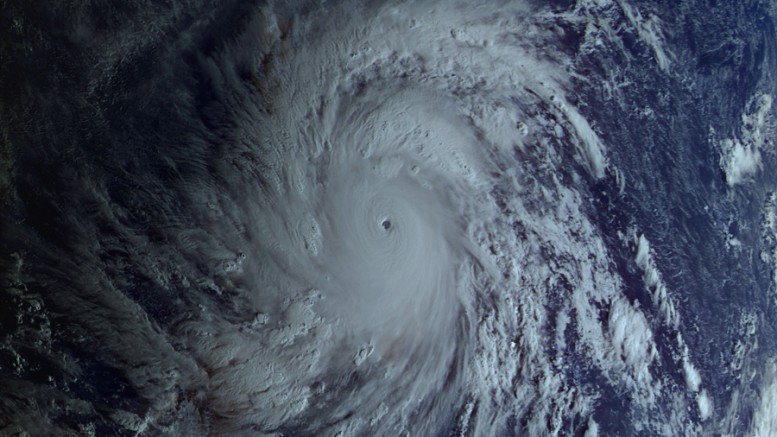The Philippines hit typhoon Haiyan (Haiyan). More than 10 thousand died, tens of thousands lost their homes, millions had to be evacuated.
But we can enjoy the beautiful waltz of a deadly typhoon in the shooting of the Russian meteorological satellite Electro-L.
Thanks to a distance of 36 thousand km, the satellite observes the entire disk of the Earth, being above the Indian Ocean. The western part of the Pacific Ocean also falls into his field of vision. Therefore, we can observe the typhoons and cyclones that periodically collapse in Southeast Asia and the Far East.
Such a seemingly strange arrangement of the Russian satellite – over India, is not accidental. The geostationary orbit, which allows you to “hang in one place”, involves the placement of the spacecraft only in the equatorial plane. Therefore, Electro-L is located so that almost all of Russia falls into his field of vision, except for Kamchatka and the Far North.
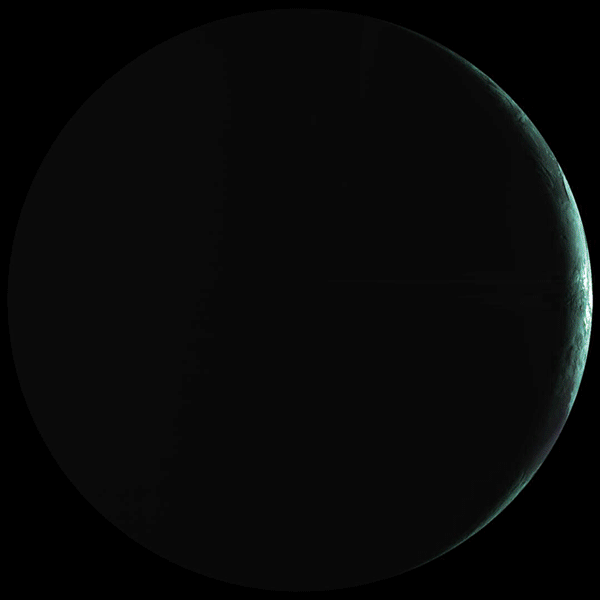
The satellite was created to observe the atmosphere and the processes taking place in it, so the cloud dance in its image can not be compared with anything … Although, when I did the “eye of the storm”, a striking resemblance to spiral galaxies came to mind.
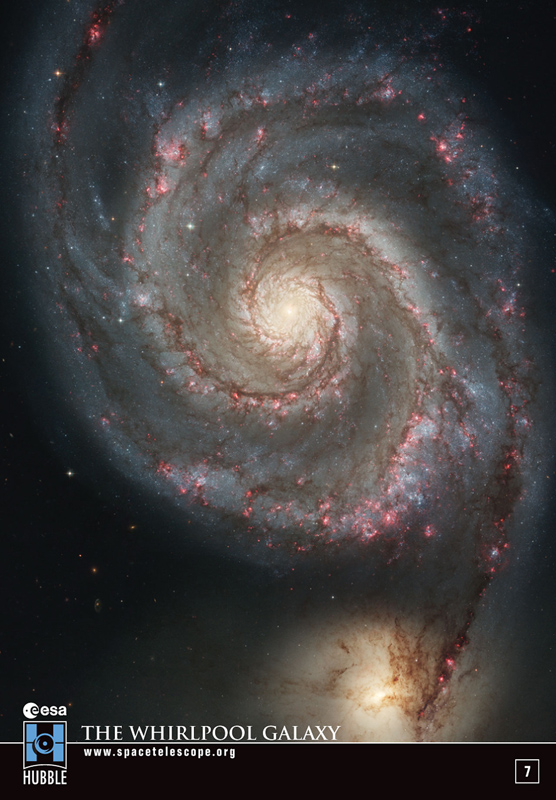
Only in the center of the galaxy is a supermassive black hole, and the typhoon’s “eye” is formed as a result of the interaction of cold and warm air. The diameter of the “eye” is usually 50-60 km. From this photo you can imagine the overall scale of the event.
Satellite resolution 1 km per pixel.
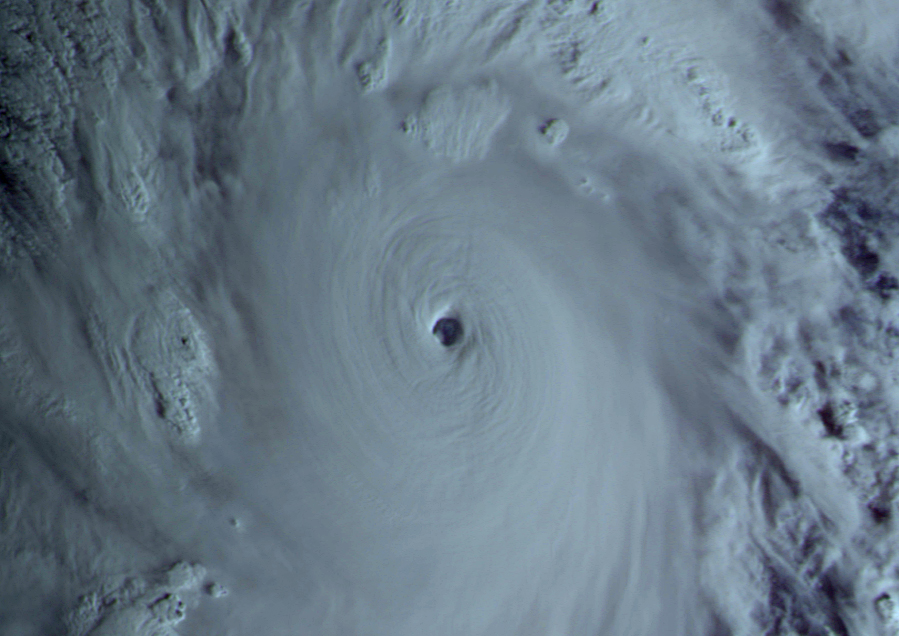
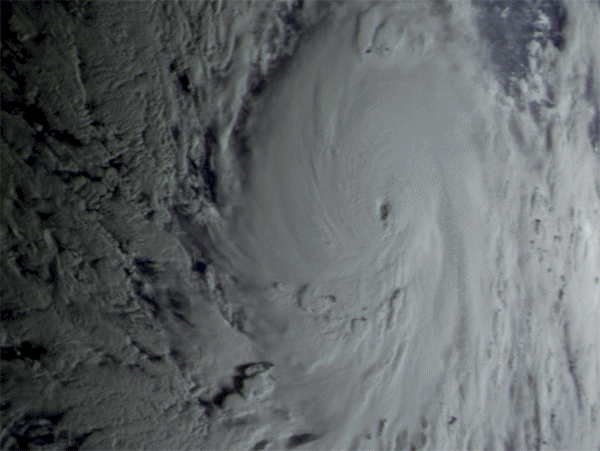
Animation for three consecutive days was not easy, both for me and for the computer. I had to process simultaneously up to 70 images with a size of 15-40 mb. But the sleepless night was worth it, I think 🙂
Unfortunately, Russian media are not in a hurry to use satellite data from Electro-L, preferring to replicate images of Western or Japanese devices. I sent pictures from our satellite, but so far only American journalists from Universe Today have responded . This seems to me one of the problems of the Russian cosmonautics – everyone is in a hurry to write about disasters, and it is not interesting to show examples of successful work, even when there is a good reason.
Therefore, I do it.

